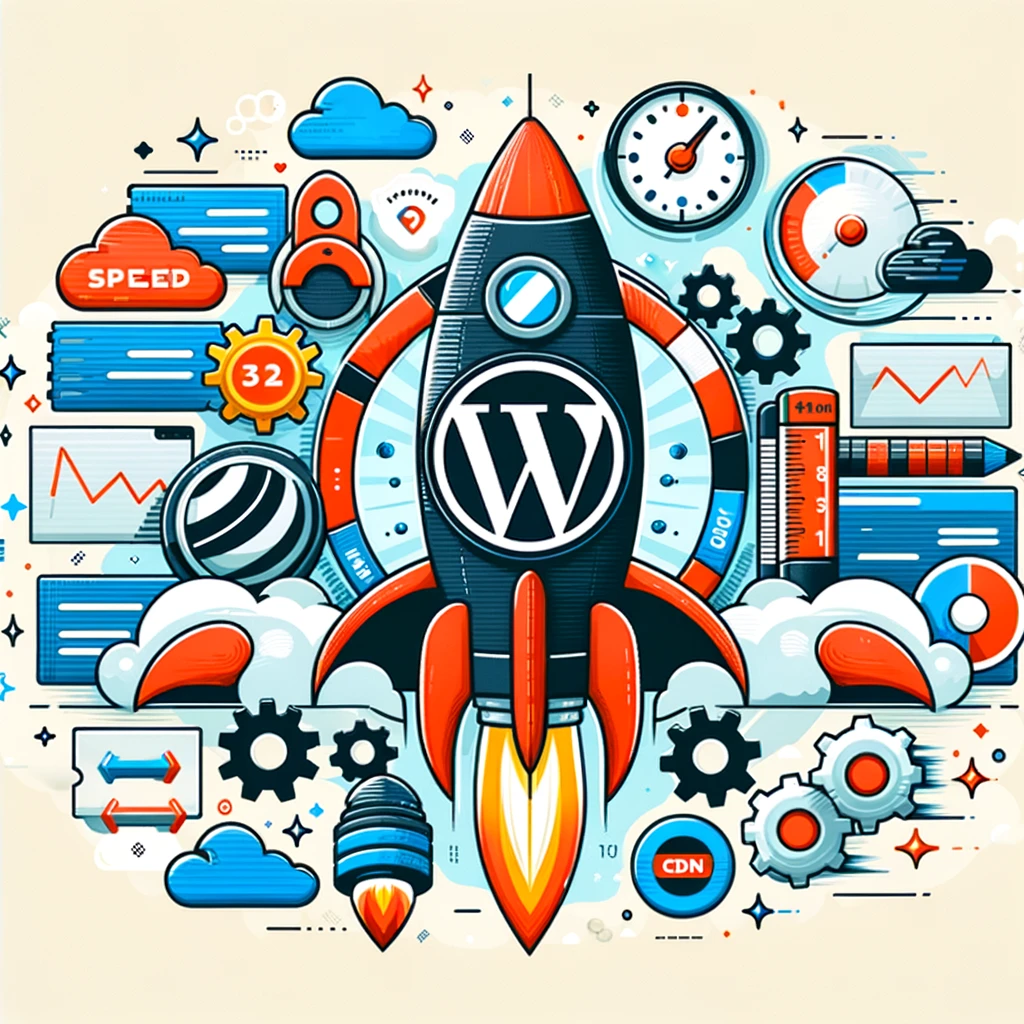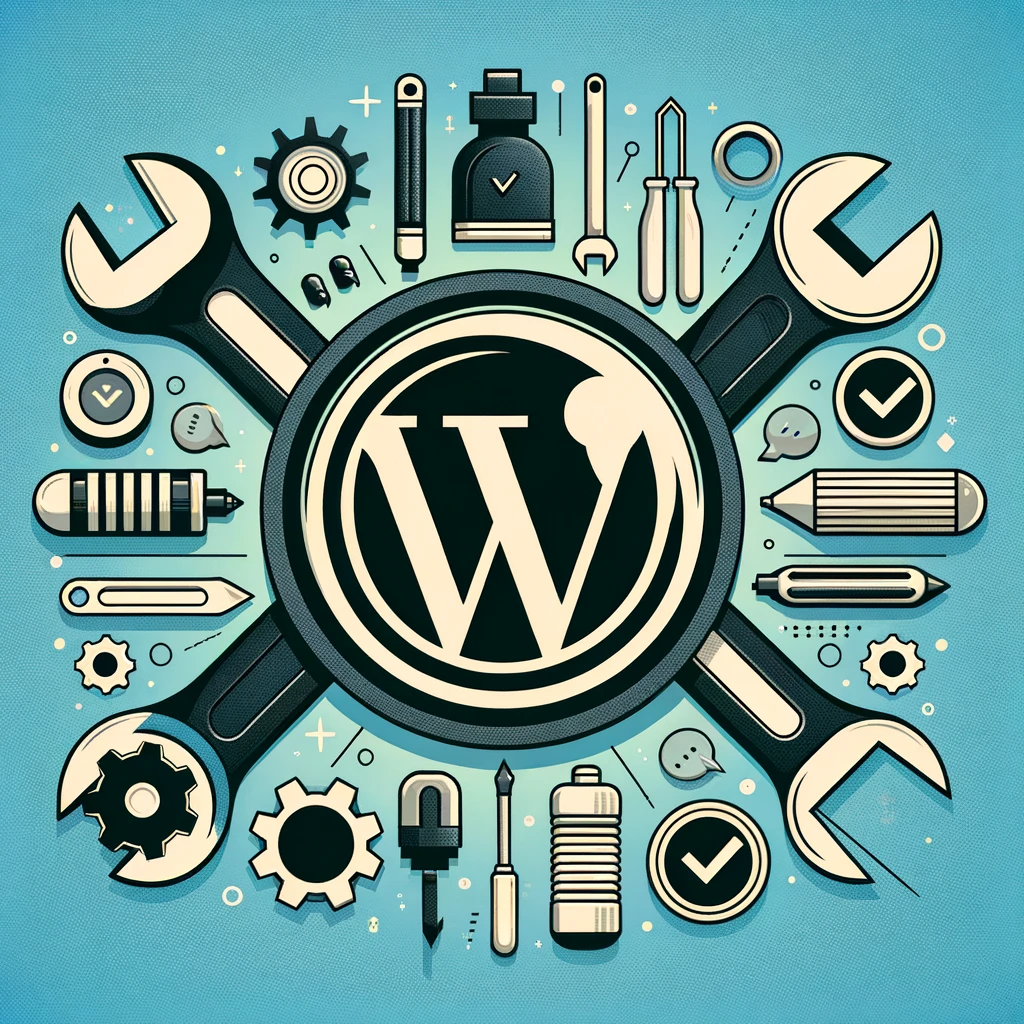Having a slow website is like serving a stale donut—nobody wants it. A speedy website improves user experience and boosts your SEO rankings. So, if you want to speed up your WordPress site, you’re in the right place. Let’s dive into these ten practical tips to turbocharge your site.
1. Choose a Fast and Reliable Hosting Provider
Your hosting provider plays a crucial role in your site’s speed. Think of it as the foundation of your website. If the foundation is weak, your site won’t perform well. For top-notch performance, consider providers like SiteGround, Bluehost, or Kinsta. They offer excellent speed and reliability.
2. Use a Lightweight WordPress Theme
Not all themes are created equal. Some come loaded with unnecessary features that can bog down your site. Opt for lightweight themes like Astra or GeneratePress, designed for speed and efficiency.
3. Optimize Images
Images can be a major culprit in slowing down your site. But fear not! Tools like Smush and ShortPixel can compress your images without sacrificing quality. Also, stick to modern image formats like WebP for even better performance.
4. Implement Caching
Caching is like giving your website a memory. It stores static versions of your content, so the server doesn’t have to work as hard every time someone visits your site. Plugins like WP Rocket and W3 Total Cache can breeze this process.
5. Minimize HTTP Requests
Each element on your website (images, scripts, stylesheets) requires a separate HTTP request. Too many requests can slow things down. Minimize these by combining CSS and JavaScript files, reducing the number of elements on your pages, and using lazy loading for images and videos.
6. Enable GZIP Compression
GZIP compression reduces the size of your files, making them faster to load. Think of it as vacuum-packing your site’s content. You can enable GZIP via your hosting provider or use a plugin like WP Rocket.
7. Optimize Your Database
A cluttered database can slow down your site. Regularly cleaning and optimizing your database can keep it running smoothly. Plugins like WP-Optimize can help remove unnecessary data and optimize your database tables.
8. Use a Content Delivery Network (CDN)
A CDN stores copies of your site on servers worldwide, ensuring visitors access your site from the closest server location. This reduces load times significantly. Popular CDN services include Cloudflare and MaxCDN.
9. Deactivate and Delete Unused Plugins
Plugins can add functionality but also slow down your site if overused. Perform a regular plugin audit and deactivate or delete plugins you no longer use. This not only speeds up your site but also reduces security risks.
10. Keep WordPress Updated
Keeping your WordPress core, themes, and plugins updated ensures that you have the latest performance improvements and security patches. Set up automatic updates or make it a habit to check for updates regularly.
Conclusion
By following these ten tips, you can significantly speed up your WordPress site, provide a better experience for your visitors, and boost your SEO rankings. Start implementing these strategies today and watch your site performance soar.











